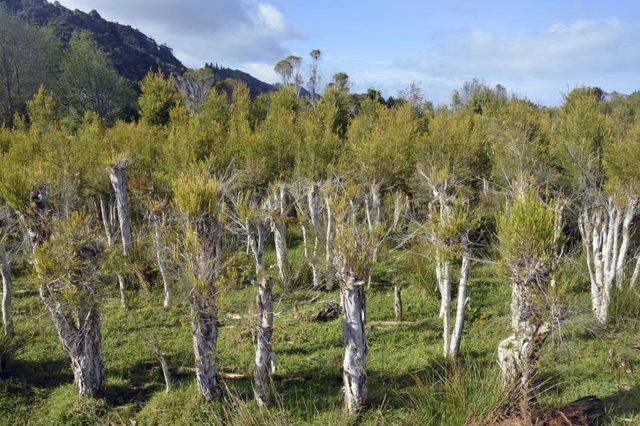Bulbs
Flower Basics
Flower Beds & Specialty Gardens
Flower Garden
Garden Furniture
Garden Gnomes
Garden Seeds
Garden Sheds
Garden Statues
Garden Tools & Supplies
Gardening Basics
Green & Organic
Groundcovers & Vines
Growing Annuals
Growing Basil
Growing Beans
Growing Berries
Growing Blueberries
Growing Cactus
Growing Corn
Growing Cotton
Growing Edibles
Growing Flowers
Growing Garlic
Growing Grapes
Growing Grass
Growing Herbs
Growing Jasmine
Growing Mint
Growing Mushrooms
Orchids
Growing Peanuts
Growing Perennials
Growing Plants
Growing Rosemary
Growing Roses
Growing Strawberries
Growing Sunflowers
Growing Thyme
Growing Tomatoes
Growing Tulips
Growing Vegetables
Herb Basics
Herb Garden
Indoor Growing
Landscaping Basics
Landscaping Patios
Landscaping Plants
Landscaping Shrubs
Landscaping Trees
Landscaping Walks & Pathways
Lawn Basics
Lawn Maintenance
Lawn Mowers
Lawn Ornaments
Lawn Planting
Lawn Tools
Outdoor Growing
Overall Landscape Planning
Pests, Weeds & Problems
Plant Basics
Rock Garden
Rose Garden
Shrubs
Soil
Specialty Gardens
Trees
Vegetable Garden
Yard Maintenance
How to Grow Australian Tea Trees (Leptospermum laevigatum)
How to Grow Australian Tea Trees (Leptospermum laevigatum). Sometimes called Australian myrtle, Australian tea tree (Leptospermum laevigatum) is an evergreen shrub or small tree grown for its evergreen foliage and twisted, weeping growth habit. It thrives with minimal attention and will reward even the most lackadaisical gardener with masses of...

Sometimes called Australian myrtle, Australian tea tree (Leptospermum laevigatum) is an evergreen shrub or small tree grown for its evergreen foliage and twisted, weeping growth habit. It thrives with minimal attention and will reward even the most lackadaisical gardener with masses of white, rose-like flowers each spring. Few pests or other issues plague well-situated Australian tea trees, although they may themselves become a problem if allowed to escape cultivation in warm, frost-free areas.
Climate Considerations
The Australian tea tree originated in the dry coastal scrub of eastern Australia, where it adapted to withstand drought and salt spray. Under cultivation, it performs best within U.S. Department of Agriculture plant hardiness zones 9 to 11, where it can achieve a mature height of 20 to 30 feet if grown under suitable conditions. Standard Australian tea trees do not respond well to long-term container cultivation due to their size, but smaller cultivars such as dwarf tea tree (Leptospermum laevigatum "Reevesii") share the same climate range and will adapt readily to pots so they can be overwintered indoors.
Growing Requirements
Australian tea trees adapt readily to a variety of growing conditions. They perform equally well in full or part sun, but they are particular about their soil. Fast-draining, acidic soil is best, although the exact soil type can range from loamy to sandy. Areas with heavy, clay-based or badly impacted soil are best avoided because sluggish drainage can cause root problems. Space larger Australian tea tree varieties at least 15 to 20 feet apart and smaller, hedge types 3 to 6 feet apart depending on their mature spread. Potted specimens need acid, lightweight soil such as a mix of half peat mixture and half perlite, and they should be grown in a pot with multiple drainage holes to prevent root diseases.
Moisture Needs
The water needs of Australian tea trees vary by their growing conditions and age. Newly planted specimens benefit from 1 inch of water weekly during their first summer in the ground; that is, moistening the soil in the top 6 to 15 inches at each watering. Established Australian tea trees will survive without any supplemental irrigation, although those grown in hot, dry inland areas may need an occasional deep watering in summer to keep the foliage and stems hydrated. Potted Australian tea trees need regular watering year-round regardless of their age due to their restricted root system and soil volume. Water when the soil feels dry below the surface, adding water until it trickles from the base of the pot.
Fertilizer Tips
Excess fertilizer can harm Australian tea trees, so they should be fed sparingly if at all. Garden-grown specimens require no feeding apart from a light, 2- to 3-inch-thick dressing of acidic mulch in spring. Pot-grown Australian tea trees benefit from a monthly application of half-strength, 15-15-15 fertilizer to replenish their soil. Feed with 1/2 teaspoon of fertilizer dissolved in 1 gallon of water each month, applying the solution to lightly moistened soil to prevent root burn. Stop feeding in late summer to allow any new growth to mature and harden off before the winter months.
Special Considerations
The only significant problem with Australian tea trees stems from their ability to self-sow and become invasive under ideal conditions. The California Invasive Plant Council classifies the species as invasive, but only within a limited area. Deadheading, or removing the spent flowers, is one sure method of halting seed production, but it is impractical for larger trees. Raking up the brown, 1/4- to 1/2-inch-wide seed capsules as they fall is a better method of preventing unwanted seedlings for full-grown Australian tea trees. If all else fails, cut off the seedlings at soil-level after they appear and discard the clippings into the green waste.